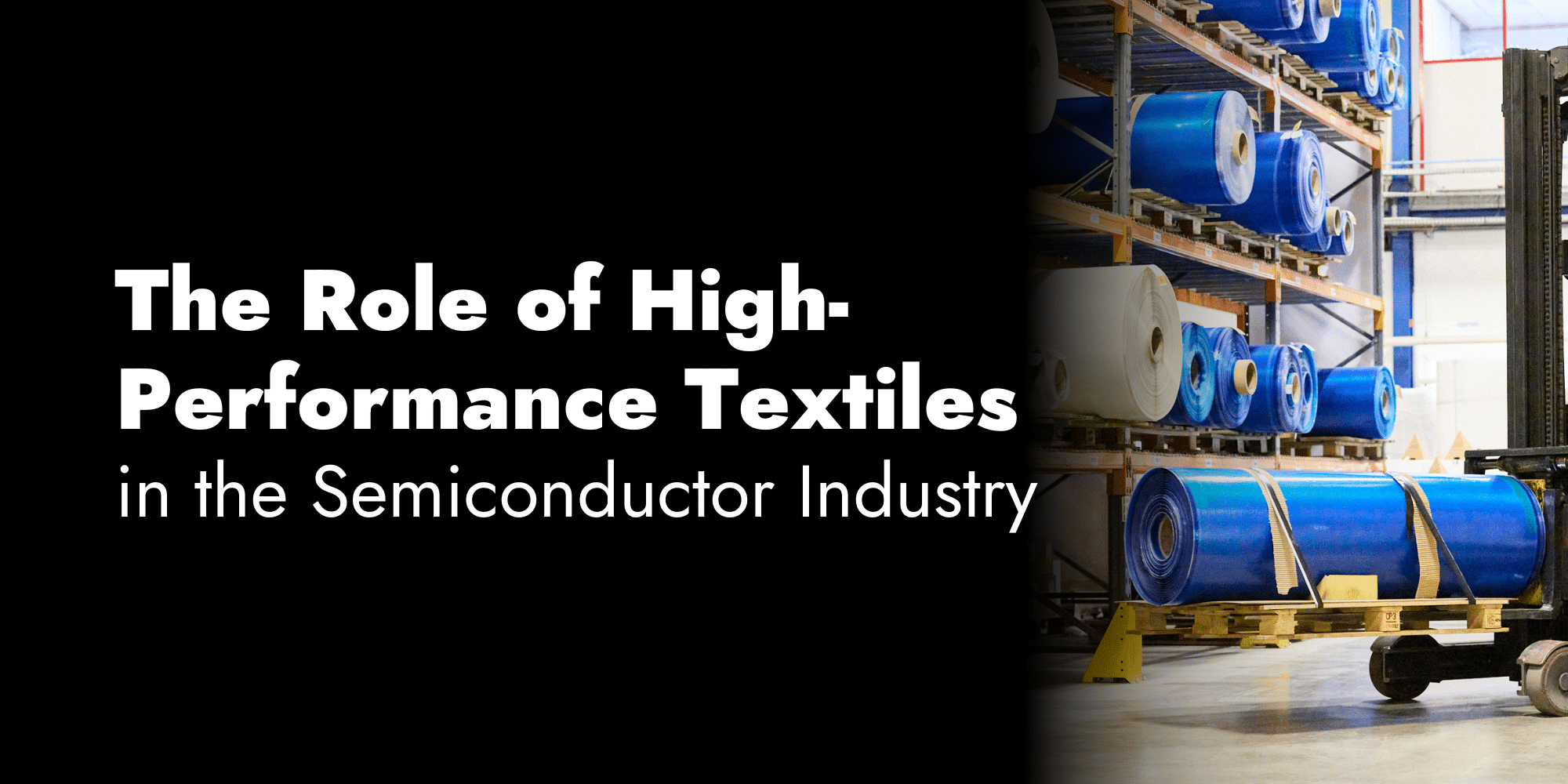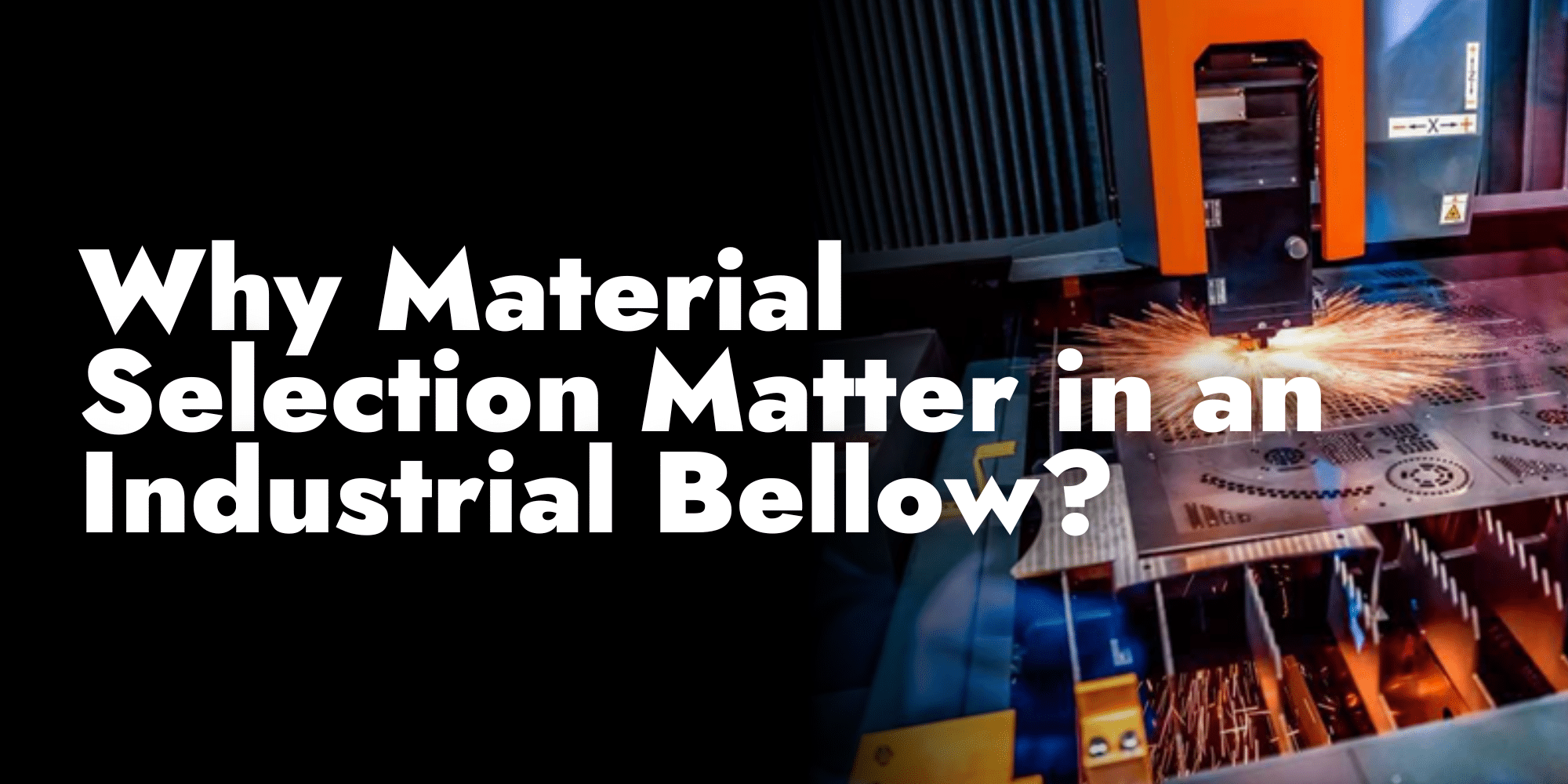The semiconductor industry demands precision, innovation, and relentless efficiency. As chip manufacturing evolves, the materials…
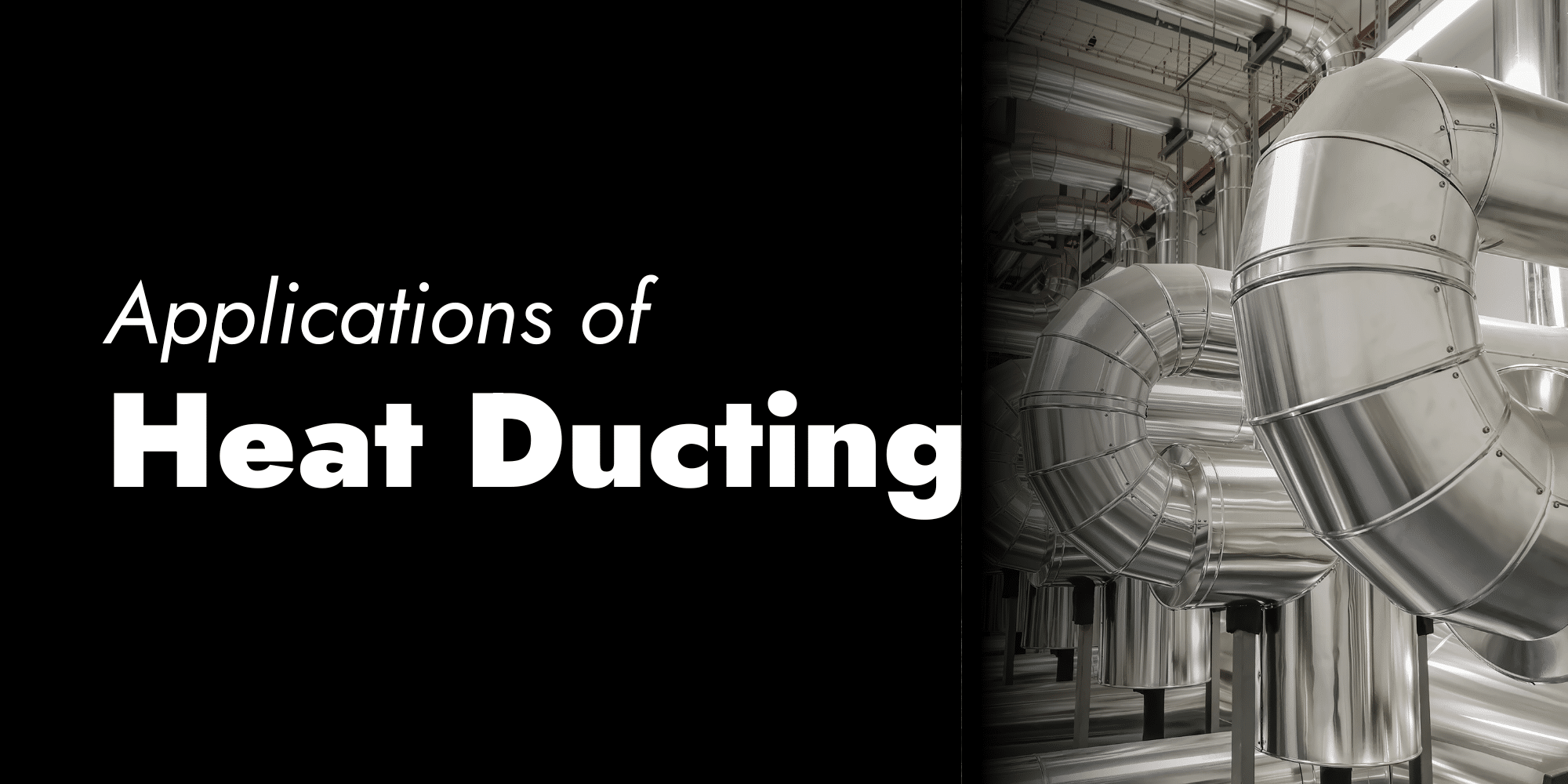
Applications of Heat Ducting
Heat ducting plays a crucial role in many industries by controlling and directing hot air, gases, and fumes. It helps maintain safe temperatures, protects equipment, and ensures worker comfort in environments with high heat. From factories to aircraft, heat ducting systems are integral to maintaining smooth and efficient operations.
Key Components of Heat Ducting Systems
A heat ducting system is made up of several components that work together to manage heat. These parts are designed to handle high temperatures while maintaining efficiency and safety.
Flexible Ducts
Flexible ducts, some of which are made with flame-retardant fabrics, are a key component in heat ducting systems. Air duct installations are used when there’s a need to move air around tight or hard-to-reach spaces. They are often used in industries like welding or manufacturing where flexibility is important for proper airflow.
Rigid Ducts
Rigid ducts are used in heat ducting systems where flexibility is not as important. These ducts are typically installed for longer distances, such as from a factory floor to an exhaust point outside. Rigid ducts are durable and can handle high heat without bending or breaking.
They provide stable airflow and are often used in industries where large volumes of hot air need to be moved efficiently, like in the metallurgical or logistics industries. In some cases, these systems are part of a forced air duct system.
Vents and Exhaust Systems
Vents and exhaust systems are crucial for directing hot air away from the source. Vents allow the heat to exit the ducting system, preventing dangerous heat buildup. Exhaust systems are used to push heated air outside the facility, keeping temperatures under control.
In industrial settings, vents are positioned strategically to allow for maximum airflow. Exhaust systems are built to be powerful enough to handle the large amounts of hot air generated by machinery or production processes.
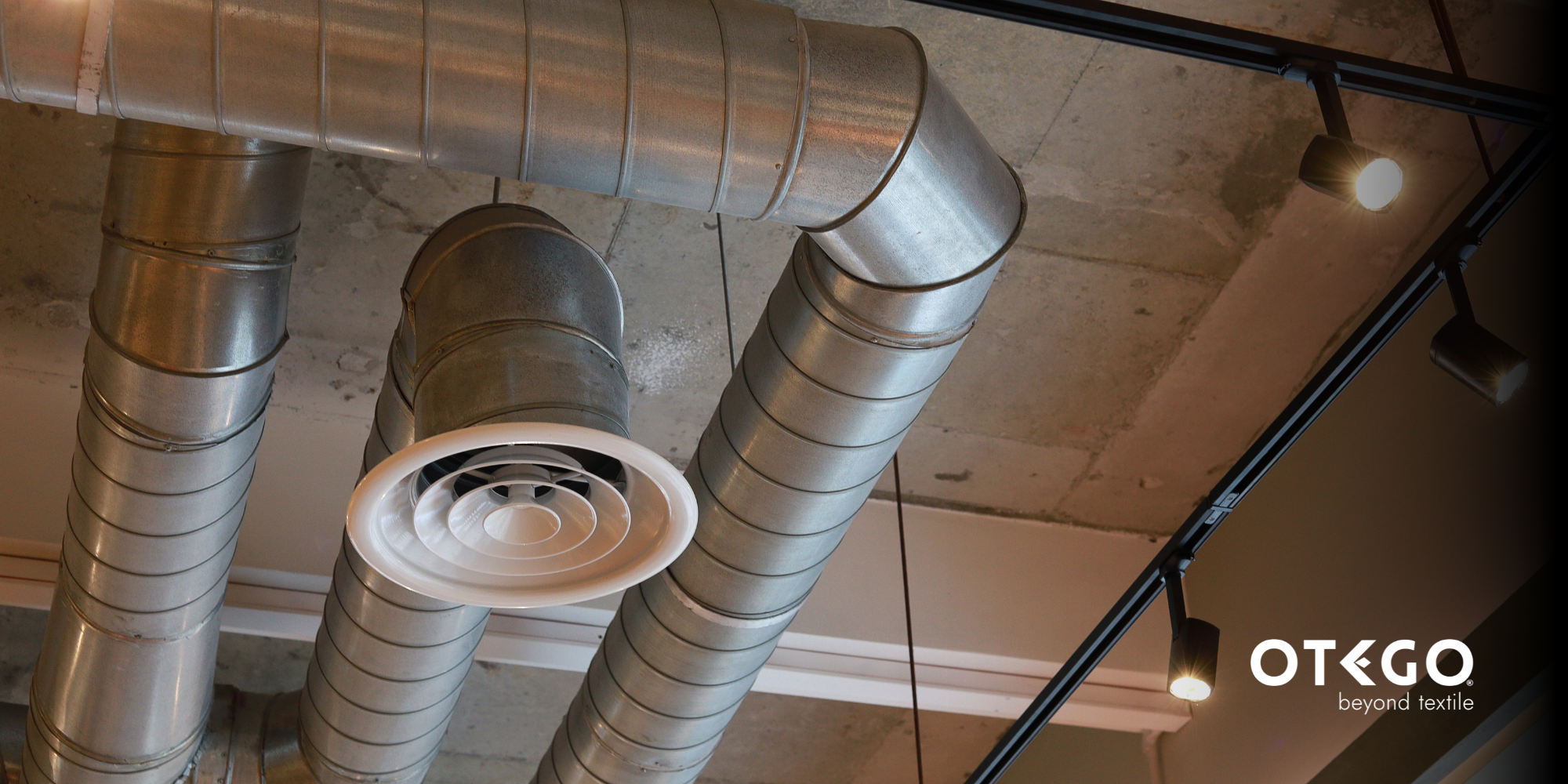
HVAC Systems in Heat Ducting
HVAC systems play a critical role in industrial applications where heat management is crucial. When setting up HVAC ducts, it’s important to ensure that the system is properly designed to handle the specific heat load of the area. Issues like HVAC ductwork installation problems can lead to inefficient airflow and higher energy costs.
Using the right type of flex duct can help reduce installation issues, providing flexibility in tight spaces while ensuring optimal airflow. Poor installation can lead to low indoor air quality, which can be dangerous in environments with high heat or where workers are exposed to fumes.
The HVAC system is designed to work in conjunction with the blower fan, circulating air and ensuring that supply ducts are functioning properly. When all components of the system are working in harmony, it ensures that temperatures remain stable and safe for both equipment and employees.
Applications of Heat Ducting in Various Industries
Heat ducting is a crucial system used across multiple industries to control heat and ensure safety. It helps manage hot air, gases, and fumes, providing a safer and more efficient working environment. Here’s how it works in different fields:
Welding Industry
In welding, high heat is generated from the welding process. Heat ducting directs this hot air and fumes away from the workers. This makes the workplace safer by improving indoor air quality and preventing workers from breathing harmful gases. Low indoor air quality could affect workers’ health.
The heat can cause equipment to malfunction or break down. By managing the temperature, heat ducting extends the life of welding tools and machinery. It also helps keep the area comfortable for workers, ensuring that temperatures don’t become too high, and preventing bad air duct seals from affecting the system’s efficiency.
Metallurgical Industry
In metal production, heat ducting is used to handle extreme temperatures. The process of smelting metal generates intense heat, which can damage equipment if not controlled. Heat ducting systems help carry this heat away, preventing overheating of machinery and protecting the people working with it.
Moreover, ducting systems help improve the overall production process by keeping the factory floor at a manageable temperature. This makes the work environment safer and helps prevent heat-related accidents, including problems with damaged air ducts that can affect airflow.
Factory and Warehouse Operations
Factories and warehouses often deal with heavy machinery that produces a lot of heat. Without proper heat management, equipment can break down, leading to costly repairs and downtime. Heat ducting removes hot air and fumes from machinery, keeping it running smoothly.
Factories and warehouses often deal with heavy machinery that produces a lot of heat. Without proper heat management, equipment can break down, leading to costly repairs and downtime. Heat ducting removes hot air and fumes from machinery, keeping it running smoothly, while HVAC units ensure optimal temperature control throughout the facility.
Logistics Industry
The logistics industry, especially in large distribution centers, relies on machinery that creates heat. Heat ducting helps remove this heat to prevent machinery from overheating and malfunctioning. It also helps maintain a comfortable environment for the workers who spend long hours in warehouses or loading docks.
In transportation, heat ducting is used to manage temperatures inside vehicles. Large trucks and delivery vehicles often carry heavy loads, which can produce a lot of heat. Proper heat management ensures that the vehicle stays operational and prevents potential breakdowns, ensuring that the blower fan and supply ducts are functioning properly.
Aircraft Manufacturing
Heat ducting in aircraft manufacturing is necessary to control temperatures in the factory. The materials used in aircraft production need specific conditions to stay intact. Heat ducting keeps the production area within a safe temperature range, ensuring the quality of the aircraft being built.
It also plays a role in maintaining comfort for workers. Aircraft manufacturing involves using hot tools, which can lead to excessive heat in the area. Heat ducting removes this heat, creating a safer environment for employees and maintaining smooth operations.
Mining Industry
Mining operations involve heavy machinery and equipment that generate intense heat. Heat ducting is critical in these environments as it moves the hot gases and air away from workers. This is especially important in underground mining where the temperatures can rise quickly.
In addition to safety, heat ducting helps mining companies protect their equipment. By removing heat from machinery, the systems help avoid breakdowns, which can be costly and dangerous in such harsh environments.
Car Manufacturing
In car manufacturing, heat ducting is crucial for controlling temperatures during the assembly process. The parts of a car, especially engines, can get very hot during production. Heat ducting removes this excess heat, preventing damage to sensitive parts.
Additionally, heat ducting is important in car testing. When vehicles are tested for performance, they are subjected to various conditions, including high temperatures. It helps control these conditions, ensuring the car performs as expected and preventing air duct wear in testing equipment.
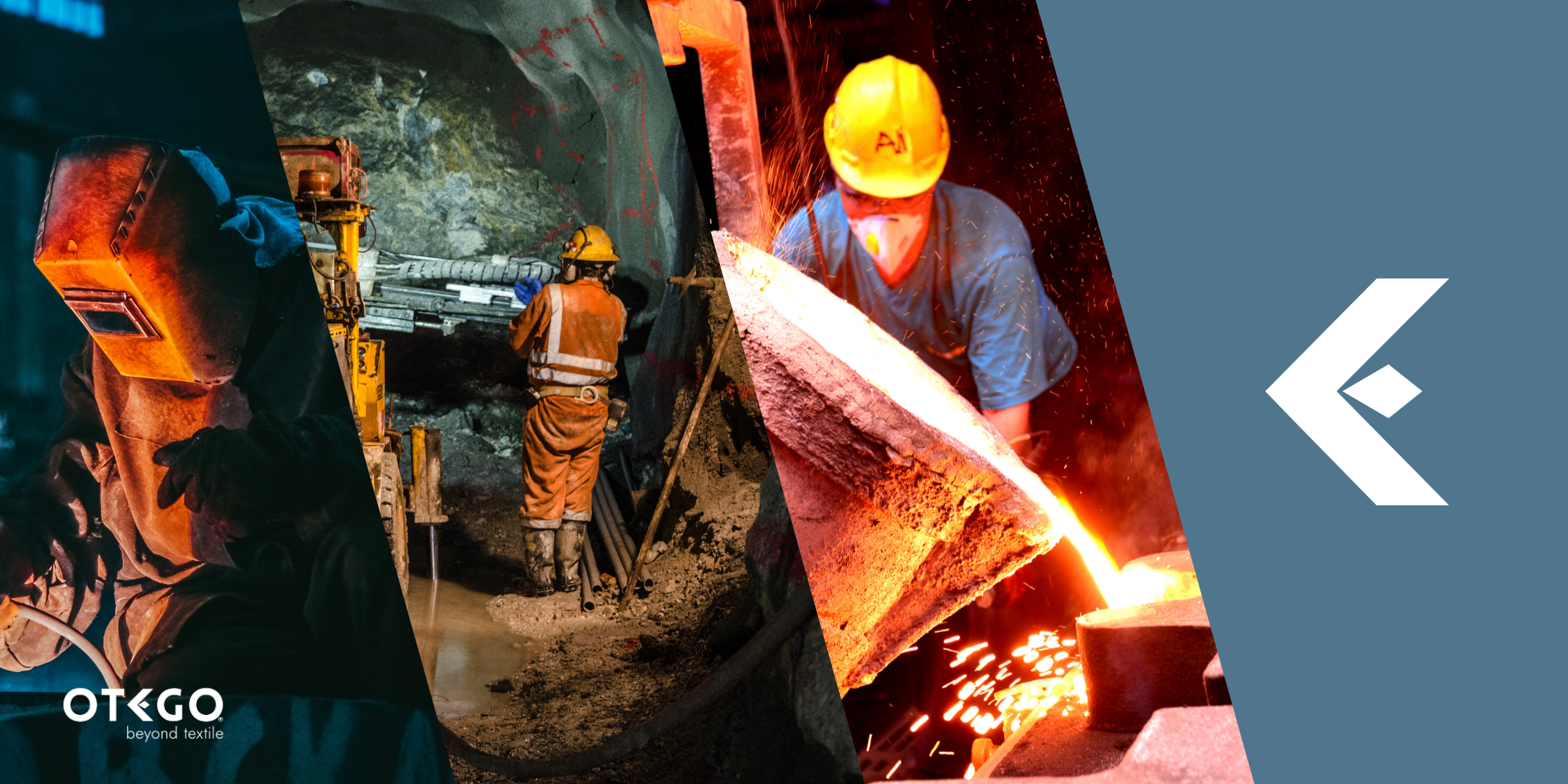
Optimizing Heat Ducting for Efficiency and Comfort
Heat ducting is essential in many industries for managing heat and protecting both workers and equipment. From welding and metallurgy to firefighting and mining, heat ducting helps to direct and control extreme temperatures, ensuring safe and efficient operations.
At Otego Textile, we specialize in creating high-performance technical textiles for industrial applications. Our custom heat-resistant fabrics are designed to meet the specific needs of industries that require reliable heat ducting systems. If you need high-quality textile products to improve safety and efficiency in your operations, reach out to us today.
